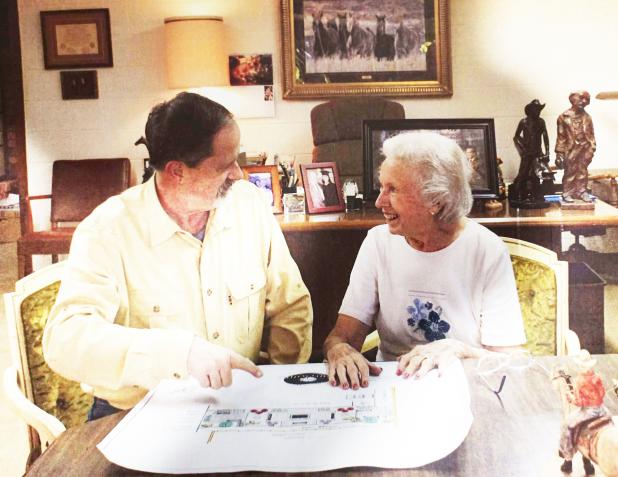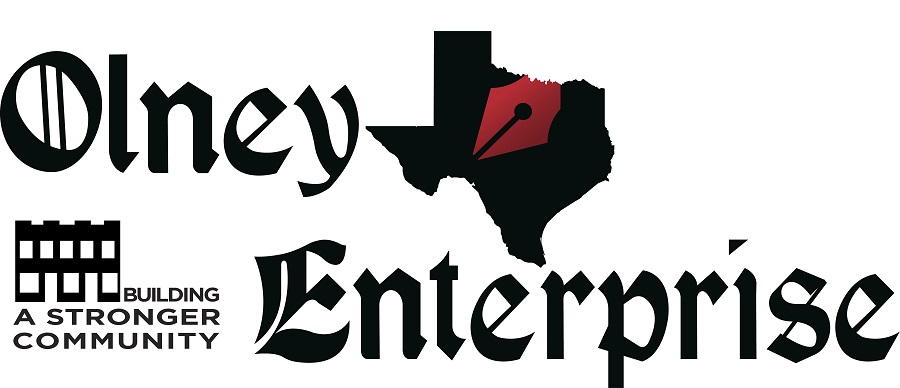
Olney Hamilton Hospital Remodel Plans
As the Olney Hamilton Hospital proceeds with a plan to spend at least $27 million and raise taxes for a new hospital that offers fewer services, some OHH board members are exploring an option that would allow the hospital to update its aging facility and expand services in coming years to serve young families.
The OHH board agreed to stop delivering babies at the existing hospital starting on June 1, 2025 to save labor costs, and announced that obstetrics will not be offered at the new hospital. OHH is the only hospital in Young County that still offers obstetrics services.
OHH cares for about 60 pregnant women each year, about half of whom deliver their babies in Olney, hospital staff said.
Dr. Chantel Taylor, who delivers most babies at OHH, and Dr. Jeremy Johnson, a hospital board member, warned the board that women will show up at OHH’s emergency room for preterm labor, late-term miscarriages, and other potentially life-threatening complications, with no staff or equipment to save their lives or their babies’ lives.
Community members expressed shock at the decision to cut obstetrics and raise taxes, with some telling an Enterprise poll that the town can’t afford to build a hospital that doesn’t deliver babies.
The OHH board says it will have to raise taxes by more than 100 percent over last year and maintain that level of taxation in the coming decade to pay back the bonds and build the hospital.
While it was promoting the bond sales to local voters, the OHH board said that the hospital taxing district would not have to raise taxes to repay the general obligation bonds it issued in November and would offer the same services at the new hospital.
The board also told community members that the new facility would attract more doctors and patients.
Some board members are exploring whether to build the new hospital in the abandoned Olney Savings Building, which the City acquired last year from the estate of a longtime owner who let it fall into disrepair.
OHH board members Lyndsey Miller and Carl Craig floated the idea at last month’s board meeting, saying that the steel-ribbed, two-story building would allow the hospital room to expand and continue obstetrics, mental health and other services as the community and the tax base grow.
The layout of the Olney Savings Building also would allow architects to separate administrative areas, which are cheaper to build, from the highly regulated hospital areas, which cost north of $700 per square foot to build, board members said.
Olney Economic Development Corporation executive director Tom Parker confirmed that architects have toured the building more than once and agree that the idea is feasible.
